Written by Tim Macdonald; Photography by John A. Macdonald
Fiddlers! Your pegs in temper fix,
And rosin well your fiddlesticks,
But banish vile Italian tricks,
From out your quorum,
Nor fortes with pianos mix,
Give us Tulloch Gorum!
Excerpt from “The Daft Days” by Robert Fergusson, 1772 (tr. from Lallans to English)
Fiddle music tends to straddle worlds. Many players emphasize the community inherent in folk music, valuing a good night of tunes with friends at the pub over a technically-brilliant performance…yet at the same time there’s been an active competition scene in Britain, America, and elsewhere since at least the early 18th century. Scotland is no exception; in fact the great patriarch of Scottish fiddling, Niel Gow (1727-1807), first achieved fame by winning an open fiddle competition in Perth in 1745.
This legacy continues to the present day. Fittingly, the most prestigious Scottish fiddle competition in the world—the Glenfiddich Fiddle Championship—takes place in the nearby town of Blair Atholl, in the very castle where Niel Gow performed for six decades, with competitors sharing a stage with a portrait of Auld Niel himself and one of his alleged fiddles. Eight players are invited from around the world to be cheered on by hundreds of audience members, judged silently by Niel’s oil-painted eyes, and ranked by three adjudicators.
I was honored to be invited for the 2015 competition (earning the spot by winning the 2014 US National Scottish Fiddling Championship) and was delighted that fellow BBE musician Jeremy Ward agreed to come along as my accompanist. Not one to waste a trip, I stretched it to three weeks of musical shenaniganry, being joined by Jeremy for the middle week.
At the competition, however, I made some decisions that further illustrate the world-straddling of fiddle music. Fiddlers constantly balance the desire to respect the traditional background of their music yet innovate to find their own voice and their own style. When the primary means of tradition is oral, this usually happens by learning the “traditional” way from one’s elders when young, evolving it to match the taste of the player and the aesthetics of the time, and then passing on this subtly-different style to the next generation.
The Glenfiddich is famous for being a “traditional” competition, and indeed, most players sounded like the musical grandchild or great-grandchild of fiddling great James Scott Skinner (1843-1927), respecting his way of playing yet beginning to add nice touches of their own.
I chose a different tack. Like most folk genres, Scottish fiddling has a strong oral tradition. However, it’s unique in also having a very strong written tradition. The Scottish Reformation led to very high literacy rates in Scotland, which led to a booming printing industry, which led to sheet music production that was beginning to get off the ground as early as 1680 and was in full swing by the mid 18th century. Scottish violinists of the time did their own straddling—this time between the dance and song music native to Scotland and the chamber music of the Continent (especially Italy). A truly dizzying amount of printed information exists about the music of the period, and it’s finally beginning to get the academic treatment and public performance it deserves.
So rather than play the traditional music of 2015, I made the choice to play the traditional music of ca. 1795. This was a first at the Glenfiddich, as was my choice to use a Baroque violin instead of a modern one, my choice to work a minuet into one of my sets of tunes, and my choice to invite Jeremy to play with me on his violone (every other accompanist in the history of the competition used a piano). But more important than changes of equipment or repertoire or pitch (we were also the first to play at A=415hz instead of A=440hz) was the change of style. Rather than the 20th century focus on tone production, technical fireworks, and drive, we adopted the more Scottish-Baroque ideals of careful note-shaping, lilt, and space (Jeremy explained the difference as one of left-hand expression (focusing on the fingering) vs. right-hand expression (focusing on bowing)). And rather than fully committing to the modern formality of the competition (there was even a sign prohibiting smoking, photography, and foot-tapping) we took a more laid-back approach and tried to communicate the joviality of the music with our bodies, faces, and gestures—not just the notes coming out of our instruments...
Stay tuned for "Folk but Baroque: Part 2" by Tim Macdonald!
Heralded for his “impressive and stylistically Scottish playing” (Melinda Crawford) and as “a real fiddler” (Bonnie Rideout), Tim Macdonald is a regular performer, composer, and teacher of Scottish-Baroque music. He was the first US National Scottish Fiddling Champion to win on a Baroque violin. In addition to performing, Tim teaches privately, and his compositions have won first place at both Scottish FIRE Composition Competitions. Tim is an Arthur and Lila Weinberg Fellow at the Newberry Library, where he is researching the period-correct performance of Scottish-Baroque music. Learn more about Tim on his website.



